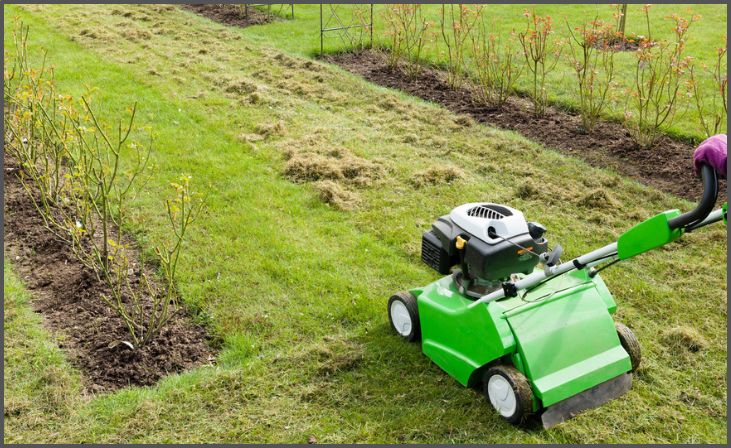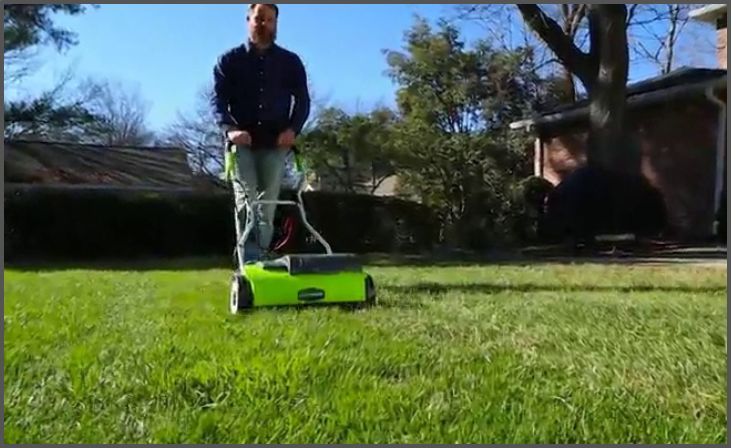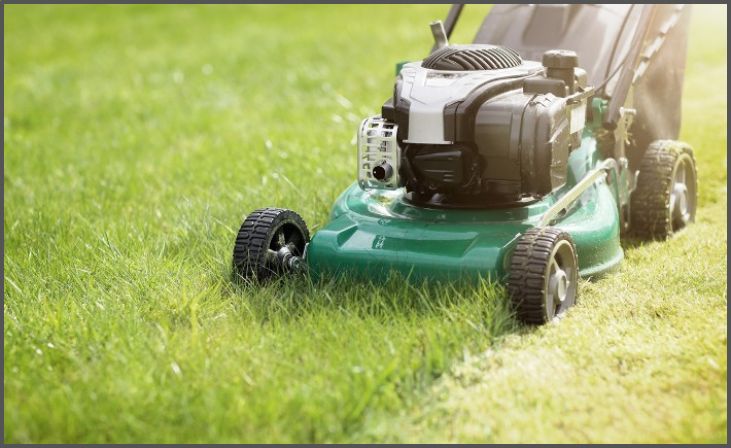Maintaining a healthy lawn requires more than just regular mowing and watering. One essential task in lawn care is dethatching. Thatch is a layer of dead grass, roots, and other organic matter that accumulates between the soil and the grass blades. While a small amount of thatch can be beneficial, too much can prevent water, air, and nutrients from reaching the soil. Here, we’ll explore the best dethatchers available for keeping your lawn in top condition.
What is a Dethatcher?
A dethatcher is a tool designed to remove the thatch layer from your lawn. By cutting through the thatch and lifting it away, dethatchers help promote healthier grass growth. There are several types of dethatchers, including manual, electric, and gas-powered models, each suited for different lawn sizes and levels of thatch buildup.
Why You Need a Dethatcher
Dethatching is crucial because excessive thatch can lead to several lawn problems:
- Poor Water Absorption: Thatch prevents water from penetrating the soil, leading to dry, unhealthy grass.
- Nutrient Blockage: Essential nutrients can’t reach the grass roots.
- Increased Pests and Diseases: Thatch provides a habitat for pests and promotes fungal diseases.
Regular dethatching ensures your lawn remains lush, green, and healthy.
Types of Dethatchers

Manual Dethatchers
Manual dethatchers are ideal for small lawns and light thatch buildup. They are environmentally friendly and provide good exercise. The most common types include:
- Dethatching Rakes: These have sharp tines that penetrate and lift the thatch. They are affordable and easy to use but require more physical effort.
- Tow-Behind Dethatchers: These are attached to a lawn tractor or mower. They cover larger areas but still require manual collection of the thatch.
Electric Dethatchers
Electric dethatchers are perfect for medium-sized lawns. They offer a balance between power and convenience:
- Corded Electric Dethatchers: These models are lightweight and require an extension cord. They are quiet and easy to maintain.
- Cordless Electric Dethatchers: These provide greater mobility without the hassle of cords, but battery life can limit usage.
Gas-Powered Dethatchers
Gas-powered dethatchers are the best choice for large lawns or heavy thatch buildup. They are powerful and efficient but tend to be noisier and require more maintenance:
- Walk-Behind Gas Dethatchers: These are robust machines that can handle thick thatch. They are suitable for professional lawn care.
- Tow-Behind Gas Dethatchers: Ideal for very large areas, these are attached to a lawn tractor and can cover significant ground quickly.
Top Dethatchers on the Market
Greenworks 10 Amp 14-Inch Corded Dethatcher

This electric dethatcher is known for its efficiency and ease of use. It features stainless steel tines that stay sharp longer and a 14-inch dethatching path. It’s lightweight and has a user-friendly design, making it perfect for medium-sized lawns.
Sun Joe AJ801E 12-Amp Electric Scarifier + Lawn Dethatcher
The Sun Joe AJ801E offers a powerful 12-amp motor and a 13-inch wide path. It comes with a collection bag to make cleanup easier and features adjustable depth control for different thatch levels. Its robust build and efficiency make it a top choice for homeowners.
Agri-Fab 45-0295 48-Inch Tow Plug Aerator
This tow-behind dethatcher is great for larger lawns. It covers a 48-inch wide path and features 32 galvanized knives to penetrate and lift the thatch. It attaches easily to any lawn tractor, making it a convenient option for extensive properties.
Brinly DT-40BH Tow Behind Dethatcher
The Brinly DT-40BH is a durable and efficient tow-behind dethatcher. It has a 40-inch working width and 24 spring steel tines. The transport wheels make it easy to move across driveways and paths. It’s ideal for medium to large lawns.
How to Choose the Right Dethatcher
When selecting a dethatcher, consider the following factors:

- Lawn Size: Choose a dethatcher suitable for your lawn’s size. Manual dethatchers are best for small lawns, while gas-powered models are ideal for large areas.
- Thatch Level: Assess the thickness of the thatch. Heavy thatch buildup may require a more powerful gas-powered dethatcher.
- Ease of Use: Consider the weight, maneuverability, and maintenance of the dethatcher. Electric models are generally easier to handle than gas-powered ones.
- Budget: Prices vary widely. Manual dethatchers are the most affordable, while gas-powered models are the most expensive.
Tips for Effective Dethatching
- Dethatch at the Right Time: The best time to dethatch is during the growing season, typically in early spring or early fall.
- Mow First: Mow your lawn to about half its normal height before dethatching.
- Use the Correct Depth Setting: Adjust the dethatcher’s depth to penetrate the thatch without damaging the grass roots.
- Clean Up Thoroughly: After dethatching, remove the thatch debris to allow your lawn to breathe and recover.
Conclusion
Dethatching is a vital part of lawn maintenance that promotes healthy, vibrant grass. Whether you choose a manual, electric, or gas-powered dethatcher, selecting the right tool can make a significant difference in the health and appearance of your lawn. With the right dethatcher, you’ll enjoy a lush, green lawn that’s the envy of the neighborhood.


